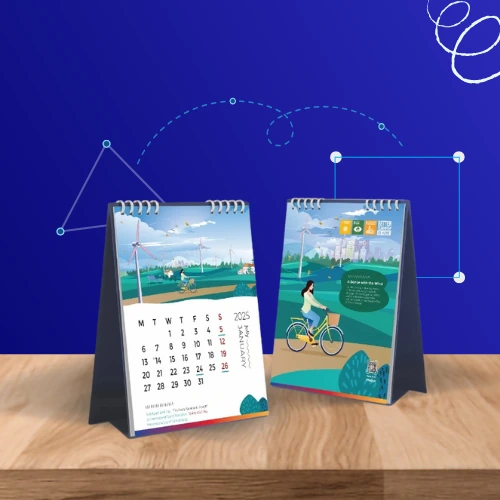Consultivo Blog | Impact Stories
Developing strategies for engaging stakeholders to ensure long term sustenance.
Stakeholder Engagement Project: Aligning stakeholder engagement strategy & sustainability fo a power generating company
Identification of stakeholders who were critical for business performance but weren’t engaged or appreciated in a way they should have been to enabled the organisation to understand its stakeholders in its entire business.
India
.
Industry: Power Generation
.
The Challenge
A power plant in the business of generating thermal power & having multi-stakeholders was dealing with conflict areas with both its external & internal stakeholders.
The company had several objectives in mind:
- Improve business performance by addressing conflict areas and building trust among stakeholders.
- Enhance employee retention to reduce hiring costs.
- Address complaints and grievances from stakeholders in a timely and appropriate manner.
- Improve the overall brand image among stakeholders, including the broader community.
The company has a long term agreement & relationship with the power distribution companies-their customers. The company engaged its customer on a day-to-day basis through its business dealings.
The organisation, however, wanted to engage its customer in a comprehensive way through stakeholder engagement initiatives rather than confining it to a regular customer relationship management.
The customer also looked forward to such initiatives and would have been more than happy & satisfied to get engaged with its partner.
As part of its policies & objectives, the company had been doing a lot of CSR activities since its inception & operation.
The company wanted to make its stakeholders aware of the various CSR activities they were doing for the community and finally convey the impact it was created in the life of people.
However, a further need was felt by the company, for a framework to structure the CSR activities & a strategy to communicate the same to the stakeholders.
We started to work on these challenges by carrying out a stakeholder engagement plan and finally formulating a stakeholder engagement & communication strategy, thereby, enabling the company to meet its objective of partnering its stakeholder in its journey of sustainability.
First, we dove into the organisation’s world. We had a chat with the leadership team to grasp their ideas and how they see “doing good” for the long haul. How they aim to involve and connect with everyone who matters through a stakeholder engagement plan.
The organisational study considered the evolution of the stakeholder issues since its inception & took an overview of the political & geographical context of the site & its surroundings.
A lot of research was conducted & secondary data was used for this activity. An initial list of stakeholder thus arrived from the same.
In the next step, the list was made exhaustive, verified & validated through discussion with each process owners starting with their inputs & outputs and considering all the stakeholders associated with the process of conversion.
The obvious step which followed stakeholder identification was to map and analyse the stakeholder on various parameters.
The mapping results were derived through tools like interviews, discussions, KII (Key Informant Interview), FGD (Focussed Group Discussion), etc. The stakeholders were analysed and categorised in the stakeholder prioritisation matrix.
The team derived an integrated stakeholder engagement strategy including communication strategy based on the prioritisation matrix along with considering the materiality assessment.
The project concluded with the capacity building of top management & executives on the stakeholder engagement & communication strategy.
Impact
Through the entire process of stakeholder identification, we found stakeholders which were critical for business performance but weren’t engaged or appreciated in a way they should have been.
The stakeholder identification and mapping enabled the organisation to understand its stakeholders in its entire business.
The materiality prioritisation matrix enabled the organisation to identify the key stakeholders and understanding their needs & expectations based on materiality assessment.
It helped the organisation to allocate and mobilise their resources through a risk-based approach, thereby, reducing the business risks.
While implementing the stakeholder engagement & communication strategy, the organisation gains higher trust & confidence of its stakeholders including its customer, employees & community.
Finally, through the entire process, the organisation was able to identify its various business risks, channelise its resources based on the same and this started off its journey to sustainability.
Explore more solutions:
Share this post
Category: Blog
Tags: Social & Sustainability, ESG, Independent CSR Consulting
Related insights
News & Events
Blogs
Blogs
View more in Impact Stories | Blogs | Knowledge Bank | News and Events












